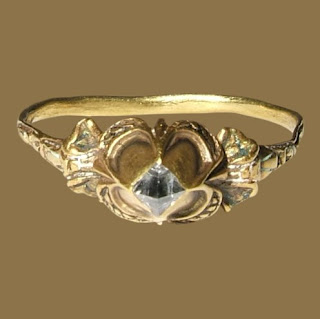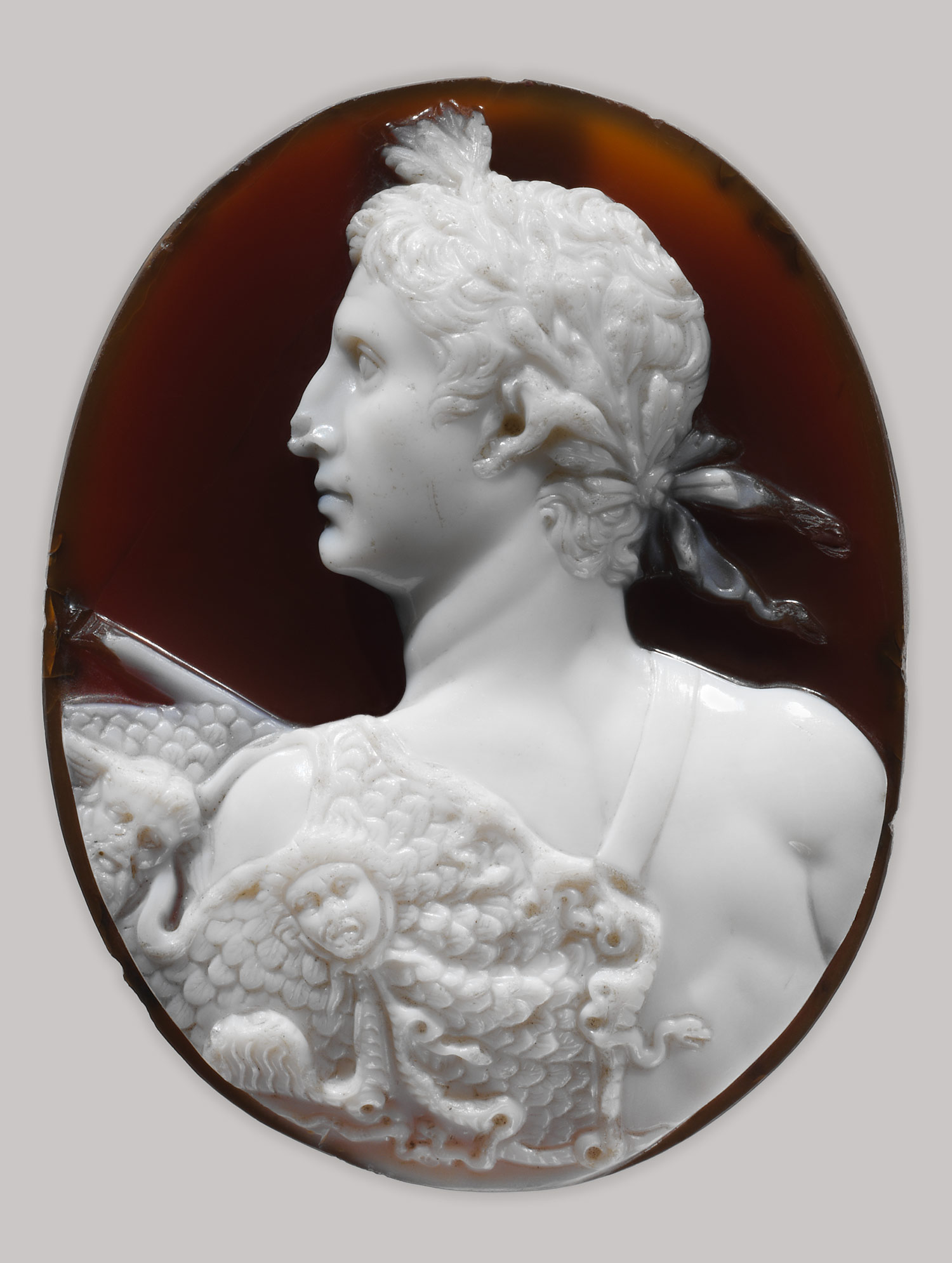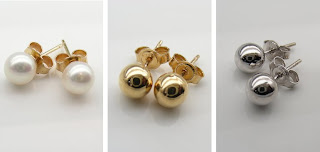For thousands of years, gold was reserved for temples, tombs, and jewellery – hommage paid to the wealthy and powerful.

That was until 560B.C. when King Croesus of Lydia struck his first gold coin while trying to create a recognized and respected medium of exchange. When he ordered his heraldic device hammered on oblong bars of gold, he created a coin whose value was guaranteed by the King himself – thus inventing money. Made from an alloy of gold and silver, these coins represented a significant sum, (Pictured to the left: The Lydian Coin).
Before coinage, commodities were traded for other goods based on a barter system. Cattle for cocoa beans, shells for skins. The guarantee of gold coins gained popularity and the first formalized economy was born.
Today, gold no longer provides the same guarantee is once did in Lydia, however gold coins are certainly not obsolete. Gold coins are now separated into two categories: Numismatic and Bullion.
Bullion coins are typically used as a small investment, often fetching a modest sum above their weight in gold. Usually restrikes of formally minted coins from all over the world or commemorative pieces. As gold increases in value, the popularity of these coins also rise.
 Numismatic
Numismatic coins are a cut above - coins created to be artistic masterpieces. They are valued for their rarity and condition by collectors who enjoy their golden design. As such, their value far exceeds their actual gold weight. The most valuable gold coin ever sold at auction was the
Agustus St. Gaudens designed
US Gold Double Eagle, or $20 gold coin (pictured to the right). Not just a beautifully crafted coin, but also one with a history so vivid as to form the basis of any good spy novel.
Minted in 1933, the same year President Franklin D. Roosevelt declared that Americans could no longer own gold bullion. Suddenly, the minting of gold coins came to an abrupt halt and all of the 11,000 Gold Double Eagle coins were destined to be destroyed. Workers at the U.S. mint were quick to see how valuable these coins would be however, and as a result several were stolen.
While thousands were eventually accounted for, 20-30 remained outside of the grasp of the Secret Service. A Philadelphian jeweller, Israel Switt came into possession of 9 of these coins and soon sold one to King Farouk of Egypt before the authorities were even aware that they were missing.
In 1952, the coin briefly resurfaced, only to quickly disappear once it became clear that the Secret Service interest in it had not faded. In 1992, these two worlds finally collided when the coin was confiscated from Steven Fenton. Fenton filed a lawsuit against these government bodies, and was eventually awarded the coin - which he promptly sold for $7.6million.
In 2004, Joan Langboard, daughter of Israel Switt, found 10 of these coins in her fathers safe after his death. In an attempt to get these coins authenticated, they were also confiscated by the Secret Service. Her lawsuit is pending.












